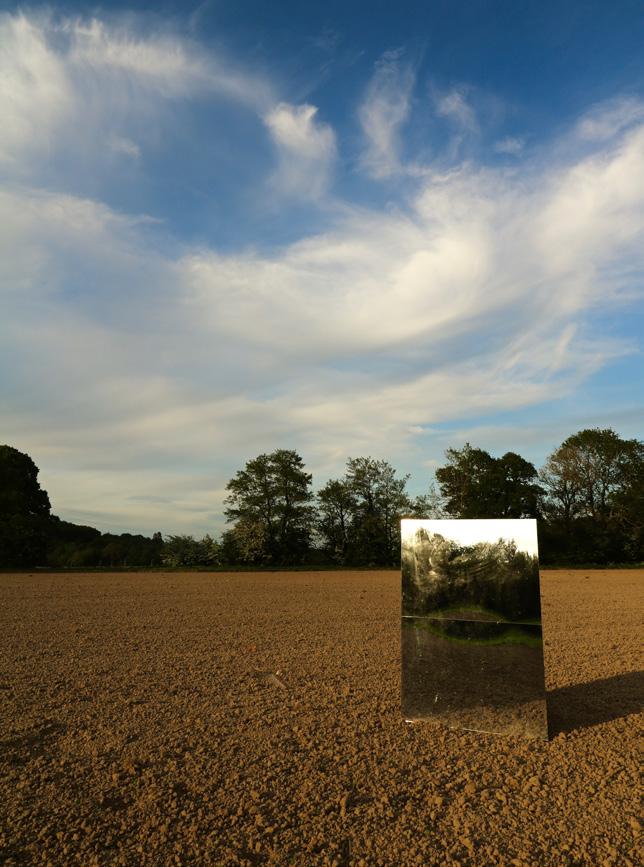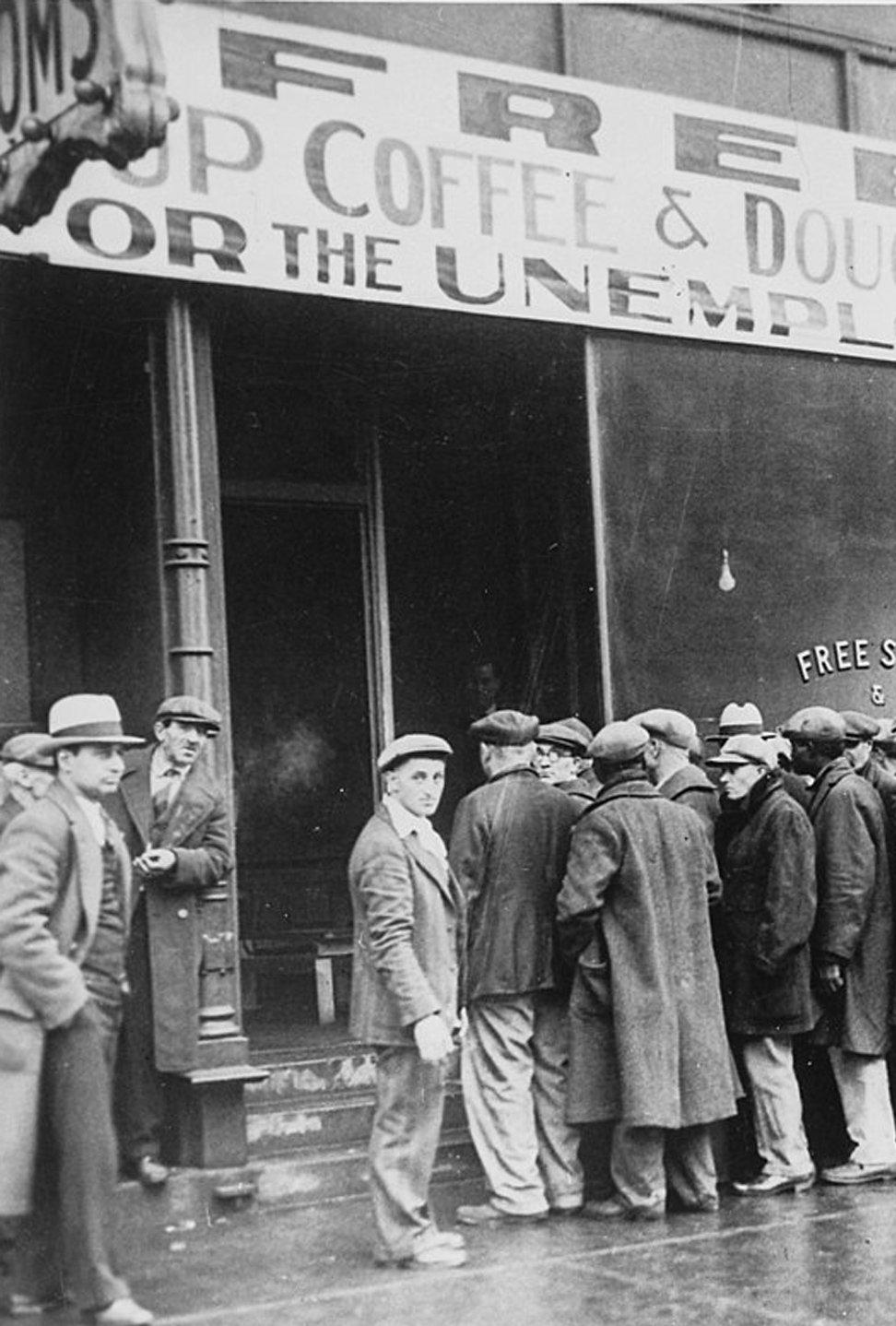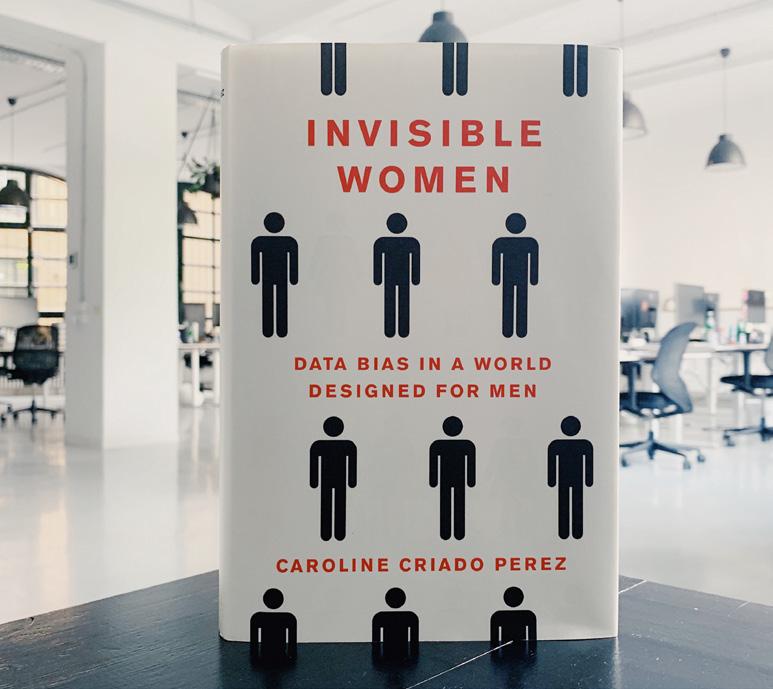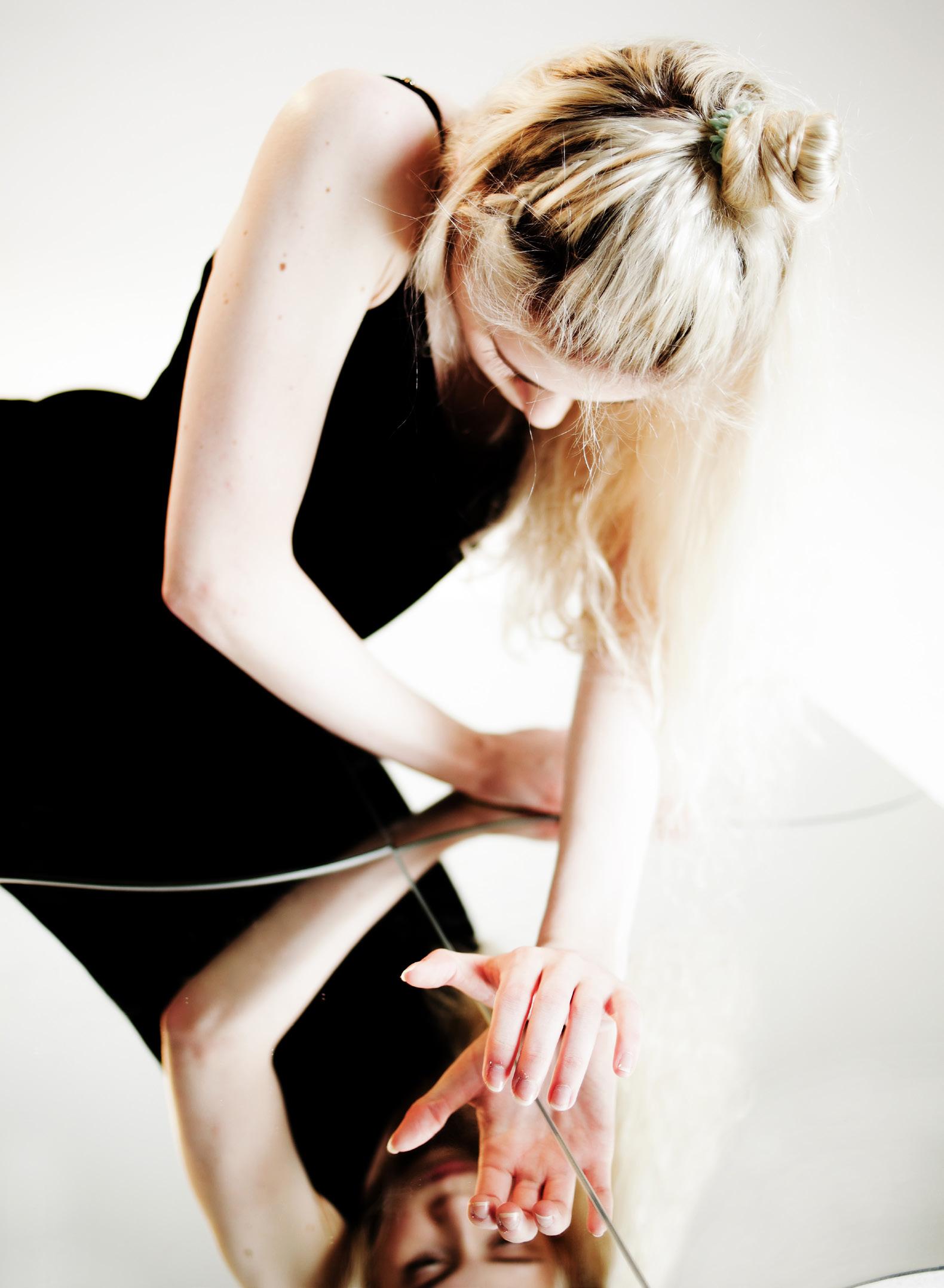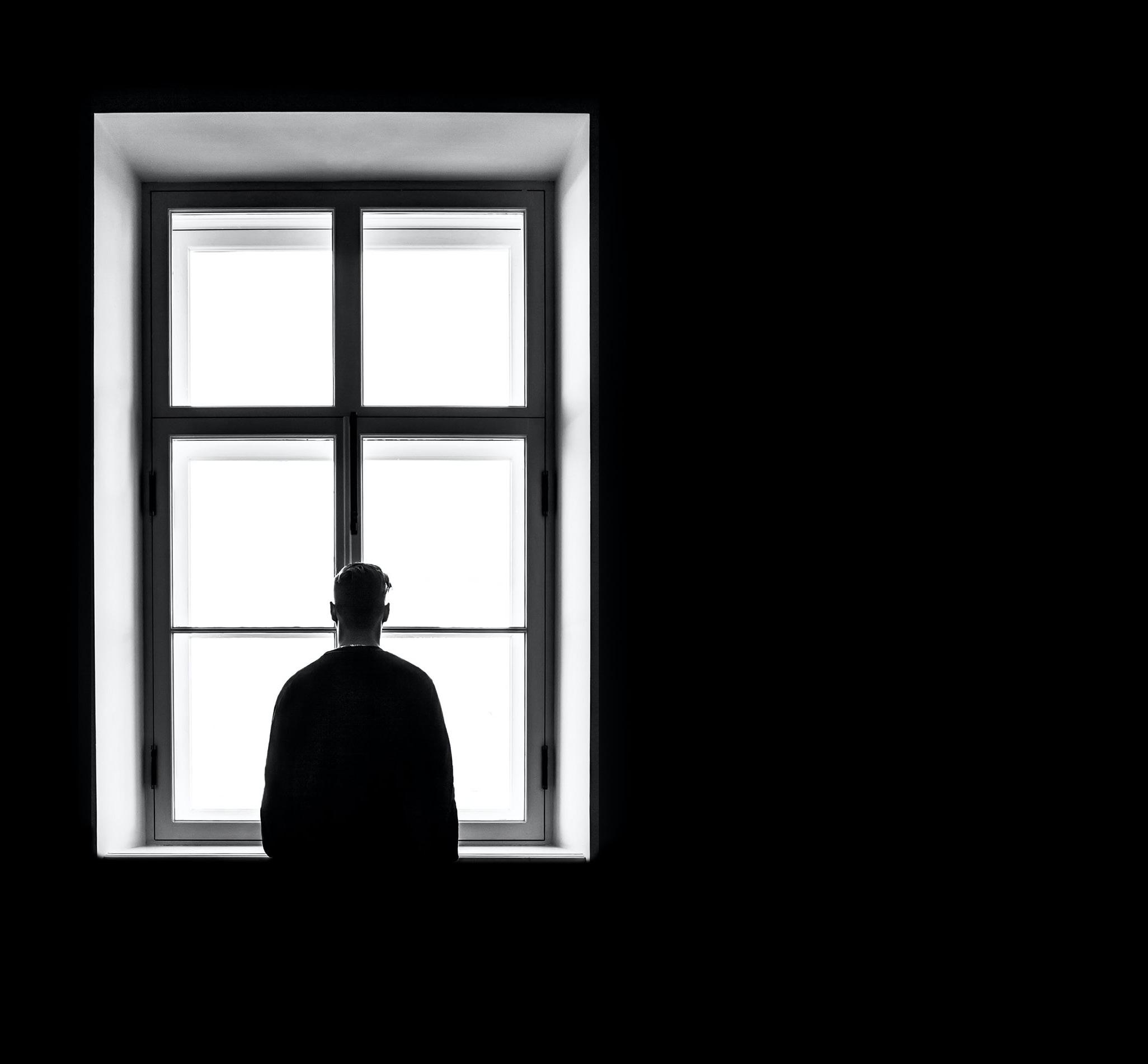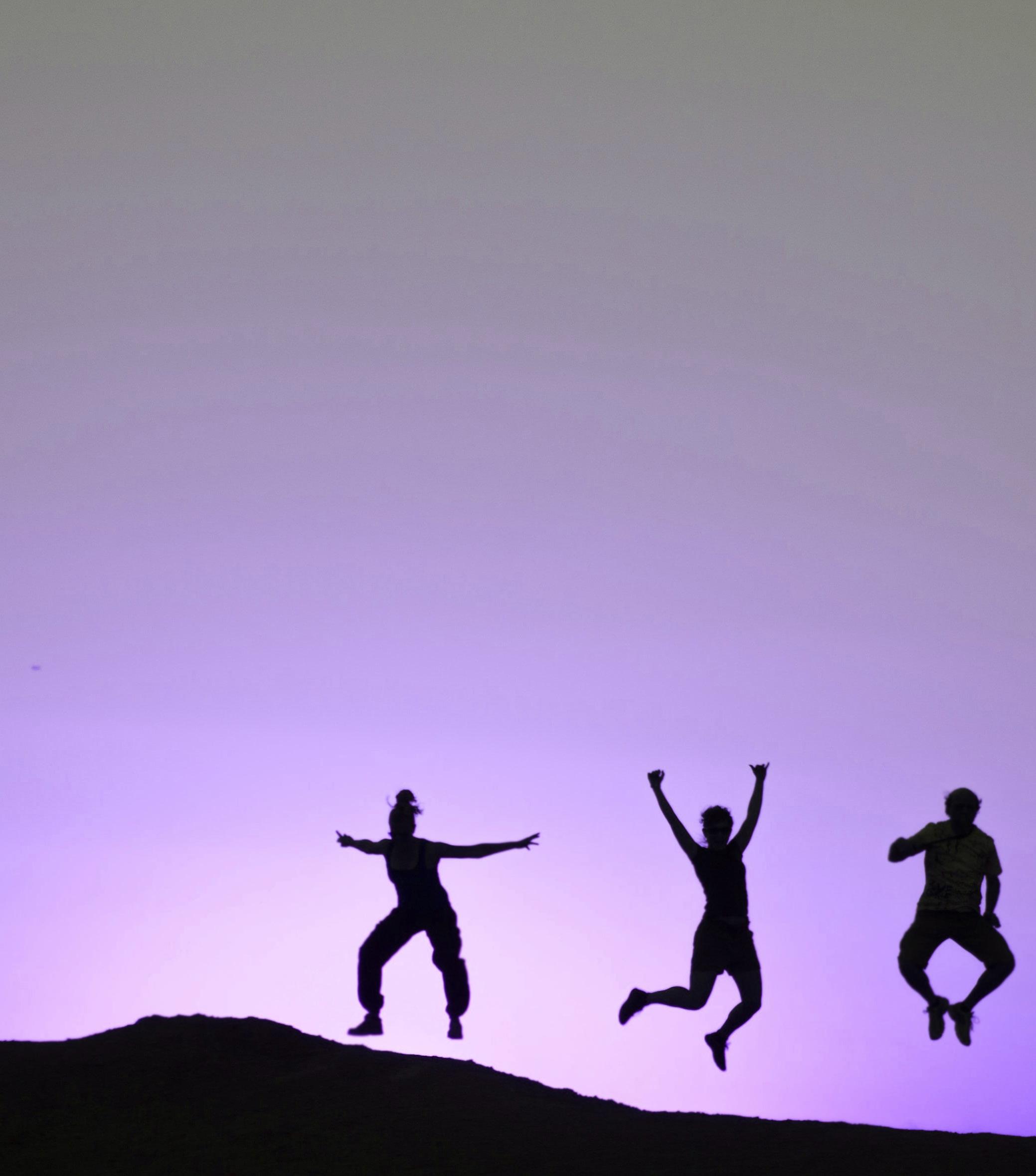
13 minute read
Reflections: The Man I Love Mark Richardson
Reflections: The Man
Mark Richardson TEACHER OF ENGLISH
‘I am silver and exact. I have no preconceptions.’ (‘Mirror’, Sylvia Plath, 1961)
“Hey, Rudy, put this on the record, man - all of it!” (Miles Davis, Christmas Eve 1954)
In Alice Through the Looking-Glass, Alice found that everything was reversed, including logic and physics. You want to stand still? Keep moving. You want to go forwards? Go backwards. It takes her an age to get from her starting point (one side of a chess board) to the other, but it is only when she realises she has to walk deliberately in the opposite direction that she suddenly finds herself arriving at her desired destination. Or did she? Am I, like her, only dreaming that part? After all, the book famously ends with this line: “Life, what is it but a dream?” Is that what reflections are, perhaps: a type of dream?
Here am I reflecting on the past, though. I am not like Plath’s mirror, however. I am not silver (aside from the merest of hints in the hair, that is), I am not exact, and I certainly do have preconceptions. Plath’s mirror’s voice is a cold one, recording unemotionally the continually ageing face of a woman who looks into the mirror, increasingly fearful of her own inevitable death. We are not mirrors, though, when we reflect. We look back, as we do when we look forward, with eyes coloured by our emotions and conditioned by our experiences. I look back at music because it is important to me: both the music and the ability to look back and see it all again, differently. Perhaps reflections are dreams too: but personal dreams are always intimate, locked away and mysterious, whereas reflections are more nuanced and sharable. I want to share this reflection, this dream, because it is about what for everyone must surely be one of the essences of all music: performance.
There is always something electric about any music performance: so much can go wrong. So much depends on skill, true, and musical skill is always something people are in awe of, but life is never perfect, and any performance teeters on the edge of disaster, the performers skating over thin ice, averting disaster at every turn. A completed performance should always be applauded: the better it is, the more magical it is too. Applaud, because it could all have been different, but just for that moment it was a triumph. A completed performance is, if nothing else (and it is so much more!), a momentary triumph over entropy and the heat death of the universe. A pompous claim, perhaps, and I am not sure that all might agree, especially dutiful parents who may have to endure violin screeches and pianists inaccurately hunting for the right note among 87 others on the keyboard. Nevertheless, even then a performance is rightly a moment of joyful celebration.
As listeners, we are used to classical musicians gliding over such potential catastrophe: after all, they have practised for so long and their performances are so easeful that we come to expect something akin to perfection. In turn, though, we can become blasé, and accept such perfection as inevitable. We are also aware that the use of modern software makes it possible for anyone to combine a few notes, run them through some technical wizardry and out at the other end will come something entirely polished and ‘musical’. Nevertheless, the threat of musical catastrophe, of sonic chaos, may be hidden, but it lurks somewhere, even if only as a concept. Most musical performances, especially recorded ones, cast such a bright light that the shadowy unformed beast of chaos, one that prowls around beyond the limits of perception, disappears from our view. We momentarily forget it, but it is there, waiting.
However, there is one music art form that constantly dances as close as possible to chaos and disaster, so close that it is just one step away from disorder and failure: jazz. With improvisation as its core, it is a music that demands that a performer must reel away from that light into a kind of penumbra, skipping from one mote of light to another on the edge of darkness

What a 'home' studio really can look like!

Top: A rare photo of Monk (left) and Davis (behind Monk) in 1954 Above: Long-time Miles Davis bass player, Paul Chambers, outside RVG's parents' house in Hackensack, NJ
before returning to the full sun once more, both performer and audience exhilarated by the dance with the dark while also gratified to be able to return home, whole once more, but breathless and a little changed.
This is what I love about jazz. It’s not about people, it’s always about music made by people. When you are dealing with jazz you are faced by an extreme range of sensibilities and approaches to music. It can be (is!) a very confusing world, often seemingly entirely closed, entirely ‘other’, resistant to the casual listener in a way that much other music is not. And there is truth to that. But what it also has, at its heart, is that essential quality of performance, as a result of improvisation, that gives jazz its particular nature: it is essential that there will be off-script passages in it, where the performer will move away from the others and away from the given notes and, if able, to rave, rage or ring out. So, let’s gaze into the Looking-Glass, deeper and deeper, and glimpse a past day, a very specific one: Christmas Eve 1954. We are in a town called Hackensack in New Jersey, less than 15 miles from the centre of New York City. It is a cold afternoon, getting colder by the minute, and a group of black musicians are climbing up the steps into a residential house in Prospect Avenue. They are here to record some music, before heading off into New York to play in local clubs that night. The house belongs to Louis and Sarah, but the musicians are not here because of the parents, but because of their son.
The ‘Rudy’ from the top of this article was Rudy Van Gelder, legendary jazz record engineer. By trade, he had started as an optician (‘optometrist’ in the US), developing an interest in recording local jazz music at evenings and at weekends in his parents’ house in New Jersey. It was just a relatively ordinary house, certainly no studio, but Rudy had developed a skill that many people demanded. By 1954, Gelder was a seasoned engineer, one who ran a whole recording operation by himself, and whose knowledge of microphones and tape machines was almost mystical. He combined a low-cost production, intimate and focused, whilst also producing high-calibre output, and labels and musicians alike were eager to seek him out. One such musician was Miles Davis, who, together with members of the Modern Jazz Quartet and legendary piano player Thelonious Monk, turned up at the Hackensack address to record some music.
But things weren’t going well.
Miles Davis may now be a legendary jazz musician, but in the early 1950s he was recording where he could and playing wherever possible, struggling with heroin addiction and only beginning to develop his own voice, as it were. But 1954 saw

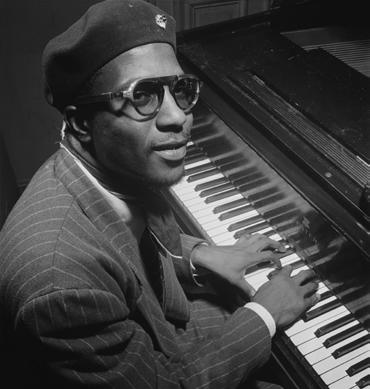
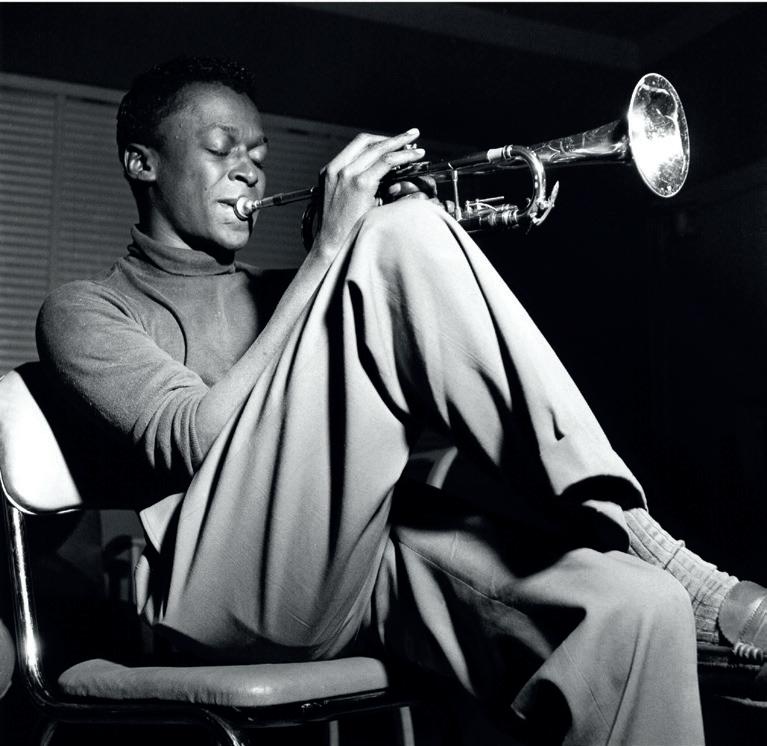
From top left: Rudy Van Gelder The cover of the 1956 Prestige LP Thelonious Monk Miles Davis, warming up at Hackensack, 1954
him determined to straighten himself out, and this opportunity was an ideal one: turn up with a group of musicians who had considerable experience of playing together, play a few numbers, finish and get off to an evening gig somewhere.
The Blue Note label had by this time used van Gelder’s place exclusively as their recording studio. Competitor label Prestige started to use the studio too, one key difference being that Prestige boss Bob Weinstock did not pay the musicians for rehearsal time in the studio, which meant that musicians often had to jam together rather than spend any time together practising. Davis was contracted by Prestige to record the tracks, but Davis must have known that such an experienced group would allow him and them to work together seamlessly, pick up ideas quickly and cut several songs at pace. However, the piano player was not the Modern Jazz Quartet’s pianist, John Lewis. That role was being taken by a very different style of piano player: Thelonious Monk.
Monk’s playing was idiosyncratic. His Wikipedia entry describes him as having a ‘unique’ style and an ‘unorthodox’ approach to the piano. Hugely popular as a recording artist in the 50s, his style was not universally admired: the English poet Philip Larkin grumpily described him as an “elephant on the keyboard.” His approach to the piano was to explore discordancy, using silence as well as unexpected runs, dissonant chords and rhythmical shifts of pace, all of which combined to make it easy to spot him in a recording. Nearly 10 years older than Davis, this was the first (and only) time they recorded together, and there had been no rehearsal time for the group prior to assembling in New Jersey on Christmas Eve. Rehearsal time is not necessarily something that such experienced musicians would feel they need. All were very used to playing in front of audiences, and all were also very familiar with any number of songs, so it would be quite possible for such a pickup group to check out some of the chord changes, figure out where solos would go, sort out moments where they play in synch, and then just play. No overdubs, no multi-tracking: if it doesn’t work out it usually becomes obvious at the start of a song. If so, just start again.
But.
The first song was a version of ‘The Man I Love’, a jazz standard from the 1920s, and even during the vibraphone opening from Milt Jackson, Monk was asking when he could play. Miles was immediately triggered by this. He believed that Monk had a habit of playing during other people’s solos, and here, he clearly felt, Monk was on about it again. That’s why you can hear him talking to Rudy van Gelder, saying “Hey, Rudy, put this on the record, man - all of it!” For Miles it was a question of ‘laying out’: you kept out of the way, so that the soloist could shine, and Miles knew that Monk had a habit of not ‘laying out’, and Miles was having none of it,
hence his exasperated instructions to Rudy van Gelder. The drums have to keep going, but what will happen next? Who take continued, but now it was more of a sort of rehearsal: the comes in? Stopping is NOT an option, but at the same time opening had been ruined, but they could still play and get used this cannot go on, surely? Then, perhaps because it is his gig, to everything. So, once it concluded, they began again, with perhaps because he was cross with Monk, perhaps because the second take. And this is where the dance, that teetering on someone has to play for goodness’ sake!, Davis decides to the edge of collapse, emerges in all its glory. take charge, and he starts soloing again to rescue the situation, It’s a performance that quivers near the precipitous edge. That though, only two seconds later, Monk comes back in, like a earlier take might be history now as far as the players are train coming out of a long dark tunnel. concerned, but not the emotions, or the unspoken doubt on underneath the piano, as it were. Suddenly, they find that there’s no piano. And not just for a bar: another bar of piano silence, and another. And another. On record it is just 12 seconds, but I can guarantee you that no-one knows what the heck is going on here and those few seconds suddenly become an eternity for the players: what do we do? The bass and filling in the gaps and restoring order from chaos. Brilliantly, Miles Davis’s part about Monk’s behaviour. The result is that He plays fast and loud. No deconstructed hint of melody during this song you can hear the tension, the questioning, the this time, but full-on solo, cascading notes in all directions, uncertainty that comes out best in jazz. energetic and purposeful, a man making a point, perhaps. All of which means that Davis suddenly has to back off: after Davis is in charge here. It’s his gig, if anyone’s, and there are all, he has made a point about ‘laying out’, and now he has only a few precious hours ‘studio’ (parental living room?) time to do just that, in order, as Jim Morrison of the Doors once to get the session complete. Still burning from the first take, pleaded to a chattering audience, to “give the singer some”. Davis gives the nod for the music to start again, and this time But he can’t just stop: he has to extricate himself from this as there are no interruptions: Jackson’s beautifully measured vibe unobtrusively as possible, so he fades himself out to let Monk opening segues into Davis’s cool trumpet as he eases gently get on with it. At 6:04 Monk signals in a very conventional into the delightful melody that is the hallmark of this song and way with repeated chords that it is time for the others to which has made it such a popular one, covered return, and so do they all, and one can only by Benny Goodman, Billie Holliday, Art Tatum imagine the relief and sense of security that they and Kate Bush among many others. MUSIC IS A all must have felt for the last two minutes as they GLORIOUS played together and negotiated the tricky change The song smoothly uncoils, and after a couple LOOKING GLASS, of pace at the very end to go back to the slower of minutes of Miles Davis playing in, around ONE WHICH pace of Jackson’s opening. and with the melody, the pace then quickens ALLOWS US TO and Jackson comes back in for a solo. He plays GAZE DEEPLY Magic. In just under 8 minutes, in someone’s for longer, and then, at 4:54, he completes, INTO IT AND front room on a suburban road that is now handing over to Monk. Right from the start, THEN RETURN, utterly changed and filled with medical Monk plays really sparingly, with lengthy pauses REFRESHED, FROM “Centers” and office blocks, all of the joy, between phrases, even between notes. It’s the THE DREAM. the pressure and the humanity of music melody all right, but it’s almost like some sort was captured. That single song, for me, of deconstructed version of it, at a much slower encapsulates the artistry, the individuality and pace, despite the speedy rhythm section. The bass player, the collectivity of musical performance, where sounds are Percy Heath, is actually playing more notes than the pianist shaped together while always flirting with collapse. Music he is meant to be accompanying. Nevertheless, all is fine: embraces the eternal conjunction of maths with emotion. It Monk establishes his approach to the basics and his solo will fends off the dark inevitability of entropy and dissolution, conclude and someone else will move in. But then, at 5:27, he never denying its power but also celebrating a triumph over pauses. And he keeps pausing. Nothing. it, no matter how momentary. Listening to music, one can If anyone can pause and follow it seamlessly with another speaks of at the end of her poem ‘Mirror’, rising up ‘like a pause, then it is Monk. Which is great for Monk, but this terrible fish’. But, at exactly the same time, music is also a will throw everyone off-kilter. The rhythm section continues glorious Looking-Glass, one which allows us to gaze deeply its sprightly support, but bass and drums are expecting to be into it and then return, refreshed, from the dream. glimpse something of the dread of death that Sylvia Plath


